Tokyo Riddim: The rise of Reggae-Pop in 70s & 80s Japan
The moment J-reggae entered the broader public consciousness, this reimagined sound merged a commercial city pop style with an infectious backbeat.
If there is a year zero for the introduction of reggae music to Japan, you’d be forgiven for thinking it was 1979, when Bob Marley and the Wailers came to town. Already a globally recognised icon, Marley toured Tokyo and Osaka, played eight shows and was trailed by an entourage of journalists, photographers and fans ready to spread the message of the music into all corners of Japanese society.
But Bob Marley was not the first reggae artist to visit Japan. Trojan Records groups the Pioneers and the Cimarons toured the island nation in 1975 and found a receptive audience, primed by the global appeal of Jimmy Cliff’s ‘The Harder They Come’ two years earlier. Symbolic though these moments can be, they rarely tell the more complex story of how music moves and styles evolve.
In the first instance, the record Marley was touring, Babylon By Bus, already carried with it traces of reggae’s international evolution. A playful response to The Clash’s cover of Junior Murvin’s ‘Police & Thieves’, ‘Punky Reggae Party’ name-checked some of UK punk’s biggest reggae fans and reflected the musical conversations that had been bouncing across the Atlantic for decades. In turn, the UK was in the process of sprouting its own offshoot, a hybrid reggae-pop style known as lovers rock, kickstarted by Janet Kay’s ‘Silly Games’ and released the year Marley arrived in Japan.
While many of the tracks on Tokyo Riddim were recorded in the years that followed, it is significant that not all were. Chu Kosaka’s ‘Music’ and Lily’s ‘Tenki Ni Naare’ were both released in 1976 with little discernible trace to Bob Marley’s visit three years later. To understand how reggae moved through Japan then is to recognise a more embedded phenomenon that was shaping Japanese culture from the inside out.
Saeko Kamata aka Lily was born into the context of post-war US-Japan relations that revolved around the presence of US Army bases across the country. As was often the way, the soft power of US cultural influence was never far behind its military imperialism, and it was through these outposts – and their adjacent radio stations like Far East Network Radio – that records travelled farthest and fastest. By the mid 1970s, many professional gigging musicians on Tokyo’s live music circuit were also performing at US Army bases, absorbing much of their imported music along the way. Reggae would have been right there in the mix.
And yet, the way reggae manifested in Japanese music was not quite so linear. On the one hand you had musicians who identified themselves as reggae artists, who went to Jamaica, studied the form, collaborated, and released music that began to sow the seed of an obsessive and now highly developed link between these two island nations. Record shops like Dub Store in Tokyo and Drum & Bass Records in Osaka speak to that legacy, which saw dancehall culture take root in the late 1980s, the emergence of Japanese sound system rigs and eventually the rise of crews like Mighty Crown, the Japanese-Korean winners of the famous World Clash sound clash in 1999.
This is not the scene to which many of the tracks on this compilation belong. Instead, what is collected here offered a softer, prime-time engagement with reggae that sought to pay homage to - and capitalise on - a musical aesthetic that was taking the country by storm.
Far from the radical, anti-establishment stance that first animated the connection between punk and reggae, this was J-pop with a lilt, featured on albums with no more than one or two reggae-infused deep cuts tucked away down the track list. And as such, this was also not music for the disenfranchised – those ‘rejected by society’ as Marley sang on ‘Punky Reggae Party’ - but music for the upwardly mobile, released into Japan’s rapidly growing pre-bubble economy that sought new ways to keep the middle classes entertained. Some of the artists on this compilation emerged from the country’s kayōkyoku tradition, which in turn had more to do with Japanese idol singers than autonomous artists pursuing a deep-seated passion for the sounds of Jamrock.
That is not to say that they were not serious about the music. But rather than replicate styles and sounds that seemed light years from early 1980s Tokyo, many of these artists and producers took their inspiration from bands like The Police and UB40 - the so-called “cod reggae” acts, whose stylistic applications of reggae tropes felt somehow more achievable in a Japanese context.
As Miki Hirayama’s arranger Haruo Kubota explains:
“Obviously, we knew what reggae was, but I didn’t really think we could play like the Jamaicans, so we didn’t dare to even try to play. Their groove and feel were so alien to us. But when The Police played their style of reggae beat, I thought we could do this.”
The reggae sound that leant a back beat to the sugar-plum city pop tracks of the era was arriving pre-filtered through the lens of new wave pop from the UK. And while it might be tempting to find parallels with lovers rock in this music’s more sentimental moments, the routes by which Japanese and UK artists got there are very different.
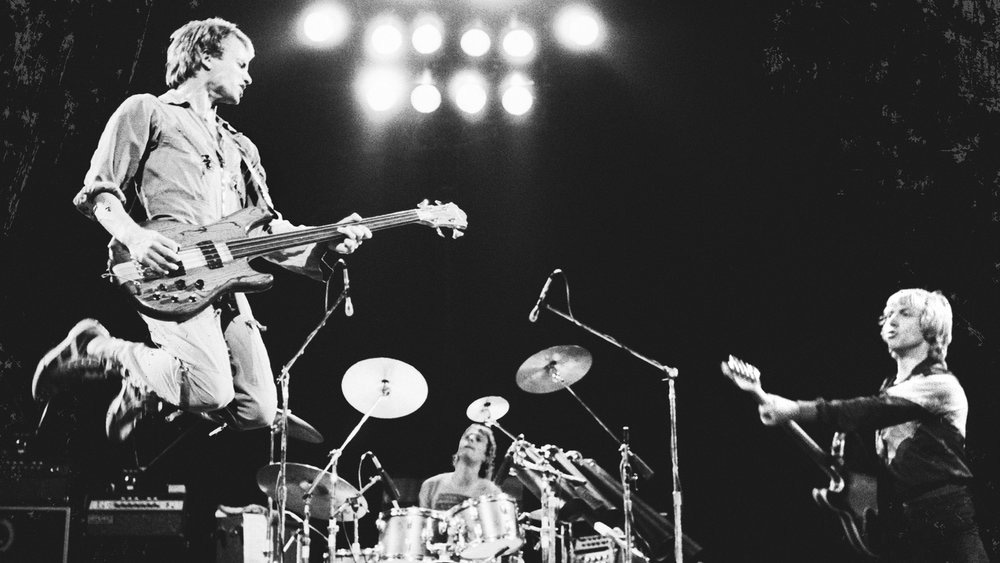
Perhaps the most documented narrative to emerge directly from the Wailers’ tour is that of Japanese percussionist Pecker, who met and hung out with Bob Marley in Tokyo in 1979, before taking a group of Japanese musicians to Tuff Gong and Channel One studios in Jamaica to cut two Japanese reggae records - Pecker Power (1980) and Instant Rasta (1981) – alongside dub royalty Sly & Robbie, Augustus Pablo and Marcia Griffiths. In that sense, it is no surprise to see Pecker’s name on the credits of Izumi “Mimi” Kobayashi’s ‘Lazy Love’ – a dubbed-out cover of her own track ‘Crazy Love’, which she says was inspired by seeing the Babylon Warriors support UB40 in Los Angeles months earlier, and who she invited to the studio to play on the record the following week.
That Masanori Sasaji, the producer of Marlene’s ‘Hittin’ Me Where It Hurts’, cites Compass Point as a formative influence is also perhaps not surprising. The crisp lines and tight groove of Sly & Robbie’s studio rhythm section are far closer in style to a nascent J-reggae sound than the looser, rootsier productions of their contemporaries. For her part, the 18-year-old Marlene had only just arrived in Japan from the Philippines and cut her version of the Roberta Flack track with no prior knowledge of Bob Marley or having ever heard reggae music before.
These stories may not always conform to neat narratives, but they do provide a more accurate reflection of the indirect ways in which styles infiltrate one another and, in their naivety, have the potential to create something beautifully strange and entirely new. The tracks on this compilation are a testament to that curious alchemy. Tracing the stories of each artist will help illuminate this further.
Miki Hirayama
Tokyo-born Miki Hirayama came to prominence in the early 1970s as a singer of kayōkyoku – a genre that formed the basis of J-pop and in which singers worked with producers and lyricists to cultivate stylised characters or personalities. The tracks of hers featured on this compilation are taken from her fifth album Onigashima. Produced by Haruo Chikada, it featured the music of new wave band Jinshunetsu, who Chikada described as “a mixture of Weather Report, Earth, Wind & Fire and The Police”. The track names, ‘Tsukikage No Nagisa’ (Moonlight shadow at the beach) and ‘Denshi Lenzi’ (Microwave), speak to the juxtaposition of the sublime and the kitsch that lend the music an uncanny quality. You don’t have to listen too closely to hear that the bassline for the latter was borrowed from Bob Marley’s ‘Natural Mystic’ from his 1977 album Exodus.
Chu Kosaka
An established musician and actor who worked with Haroumi Hosono, Tin Pan Alley and released a string of his own solo records - notably on Mushroom records, Japan’s first independent label – Chu Kosaka was in Hawaii in 1976 to record Chu Kosaka Sings, the album from which his track ‘Music’ is taken. “I was really into reggae at that time,” he explains. “My favourite album was House of Exile by Jimmy Cliff.” It’s not unreasonable to suggest that the laid-back sound of the Hawaiian session served as something of a tonic for Kosaka, who’d just completed a 35-date tour in support of his 1975 album, Horo, now considered to be one of the country’s most iconic rock records.
Izumi “Mimi” Kobayashi
Where to start with Mimi san? Aged 24, Kobayashi wrote the theme song to anime Ursei Yatsura, which sold millions of copies and became one of the genre’s most popular and enduring soundtracks. Exposed to American funk through her time playing in a US Army camp band, Kobayashi went on to forge an eclectic career that has seen her record and perform with Swing Out Sister, Depeche Mode, the Reggae Philharmonic Orchestra, Attica Blues’ Tony Nwachukwu, Sudanese group The Scorpios and Tokyo Riddim Band. Taken from her highly sought after 1981 album Coconuts High - which features the Tower Of Power horns and a who’s-who of LA session musicians – the reggae tint of ‘Lazy Love’ was just one influence on a varied and confident record that captures the playful workings of Mimi’s musical mind.
Junko Yagami
Born in Nagoya in 1958, Junko Yagami is the kind of musical prodigy who began playing piano aged three, writing songs as a teenager and winning song-writing contests throughout her teenage years. While her 1978 single ‘Mizuiro No Ame’ may have been her biggest hit, the track included here is taken from her 1985 album Communication. Recorded at Alfa Records’ studio, famous for its affiliation with Yellow Magic Orchestra, and released on definitive City Pop label Moon Records, ‘Johannesburg’ addresses South African apartheid and in that sense seemed to connect with reggae’s political potential to bring her message to a wider audience.
Miharu Koshi
Many young female musicians in 1970s and 1980s Japan laboured to extricate themselves from the “idol” characteristics that were imposed on them by the male-dominated music and media industries. Some, like Junko Yagami and Mimi Kobayashi, ended up moving abroad to record, while others like Miharu Koshi chose to stay. Despite being classically trained and writing her own songs, it took Koshi several years and the start of a fruitful collaboration with Haroumi Hosono in 1983 to really establish her reputation. Two years earlier she released Make Up, which featured the playful pop-reggae track ‘Coffee Break’ – somewhere between the city pop sheen she was leaving behind and the new wave experimentation that would come to define her later work.
Marlene
Born in the Philippines, Marlene was already a talented and successful singer by the time she was scouted and brought to Tokyo by a Japanese talent agency in the late 1970s. Speaking little Japanese, she was paired with producer Masanori Sasaji of new wave outfit Mariah (whose 1983 LP Utaka No Hibi has become one of the defining Japanese ambient albums to be reissued in recent years) to record her debut album Just Like First Love. Sasaji has since spoken of his obsession with Compass Point Studios, whose technical, studio sound resonated with artists in Japan at the time. In that sense, it’s not surprising that another Marlene track to be rediscovered recently – ‘Zanzibar Night’ – has something of a Grace Jones swagger about it. However, when it came to recording the Roberta Flack cover, ‘Hittin’ Me Where It Hurts’ for her debut LP, the 18-year old Marlene had never heard a reggae track before, instead flying blind under Sasaji’s guidance, not quite sure whether she was doing it right at all.
Lily
The early years of Saeko Kamata aka Lily’s life were not easy. Her father had died before she was born, and her mother passed away when she was seventeen. Picked up by a record label while she was busking in Shinjuku, she began her professional career in 1972 and went on to see her release thirteen albums. Shaped by her bluesy vocal style, there’s a sadness that touches Lily’s most successful recordings, not least on ‘I Am Crying’ which went on to become a million-selling single. Closing out this compilation, ‘Tenkini Naare’ featured on her 1976 album Auroila, which was written by her and produced with an orchestral flourish by Ryuichi Sakamoto.
Anton Spice & Kay Suzuki

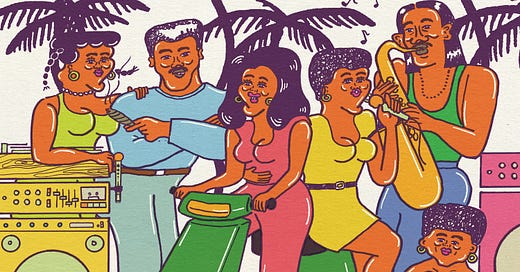



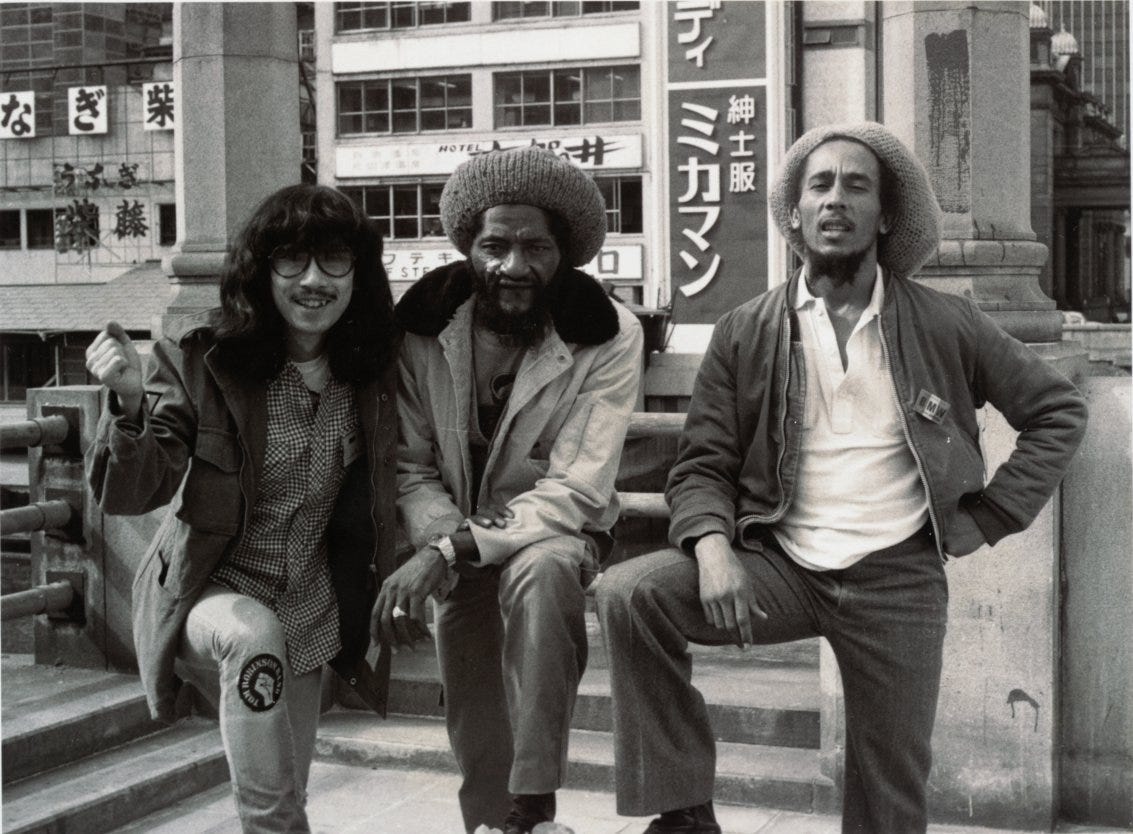


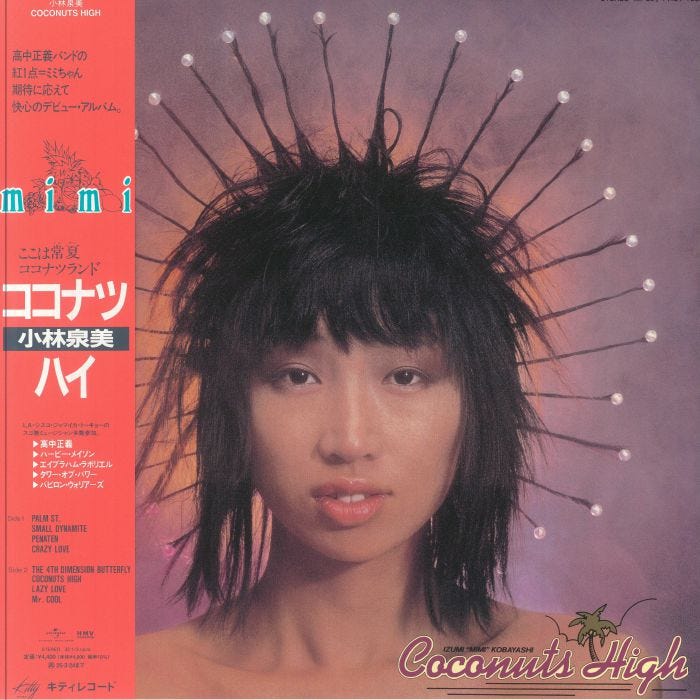
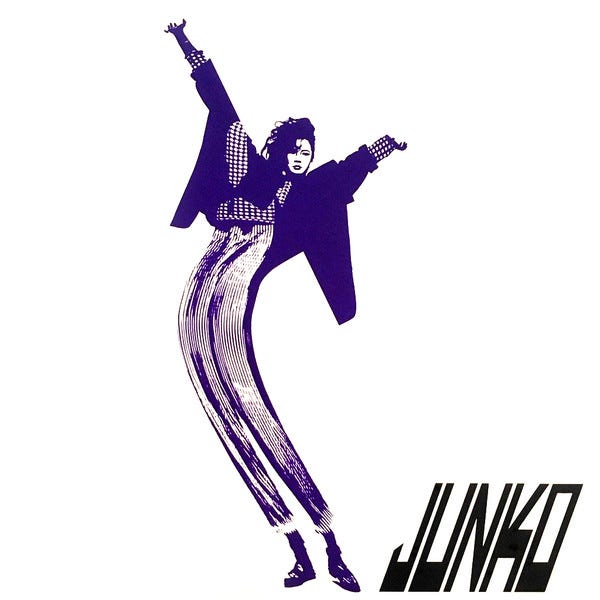
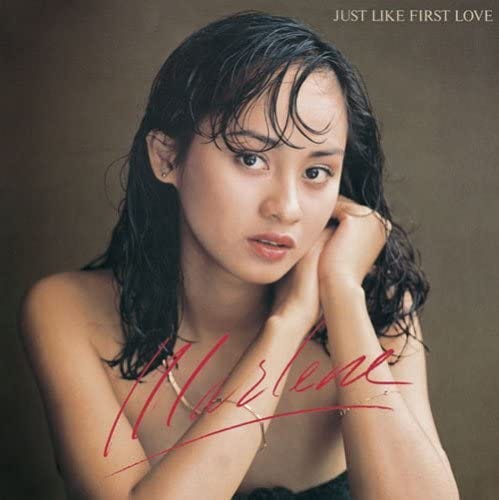
Thank you so much for sharing your knowledge and research with us! It’s such a pleasure to read your articles. Greetings from Germany!